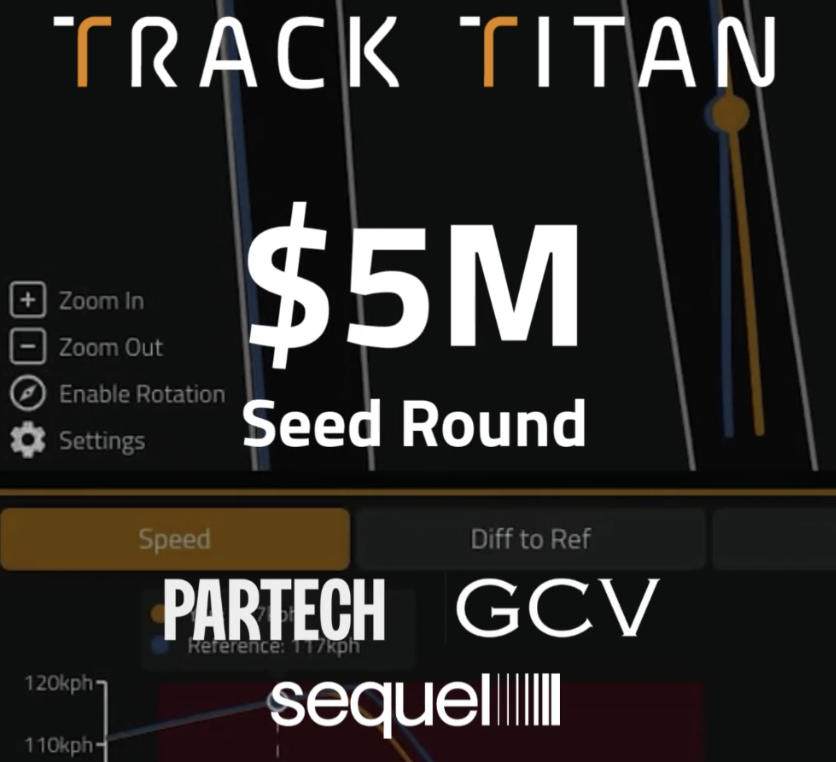Bahrain Track Guide
Bahrain International Circuit, a jewel in the desert, stands as one of the most captivating tracks on the Formula 1 calendar. Nestled in the arid landscapes of Sakhir, this circuit offers a unique challenge to drivers and engineers alike. With its combination of long straights, tight corners, and high-speed sections, mastering this track requires a blend of precision, speed, and strategic prowess.
Track Characteristics:
The Bahrain International Circuit spans 5.412 kilometers (3.363 miles) and features 15 challenging corners. Its most iconic feature is the long main straight, where cars reach blistering speeds before braking hard for the tight first corner. The circuit's layout includes a mix of slow, medium, and high-speed corners, making it a true test of a car's agility and a driver's skill.
One of the defining characteristics of the Bahrain circuit is its abrasive track surface. The coarse asphalt puts immense strain on tires, requiring teams to carefully manage tire wear throughout the race. Additionally, the track's desert location means that sand and dust can accumulate on the surface, reducing grip levels and making driving conditions unpredictable, especially during windy conditions.
Car Performance:
Different cars react differently to the challenges posed by the Bahrain International Circuit. Cars with strong straight-line speed and efficient aerodynamics tend to perform well on the long straights, allowing them to gain crucial time on their competitors. However, cars also need to have good traction and stability under braking to navigate the tight corners effectively.
The circuit's abrasive surface puts a premium on tire management, with teams opting for tire compounds that can withstand the gruelling conditions without sacrificing performance. The ability to maintain consistent lap times while managing tire degradation often proves decisive in determining race outcomes.
General Driving Tips:
Braking and Acceleration: Precision braking is essential, especially at the end of the long straight into turn one. Drivers need to modulate their braking force to avoid locking up the tires while still carrying enough speed through the corner. Similarly, smooth acceleration out of slow corners is crucial to maintaining momentum throughout the lap.
Tire Management: Managing tire wear is a delicate balancing act. Drivers must find the optimal balance between pushing hard to gain positions and preserving tire life to avoid excessive degradation. This often involves adjusting driving style and adapting strategy based on real-time feedback from the car.
Cornering Technique: The Bahrain circuit features a variety of corner types, from slow hairpins to fast sweepers. Each corner requires a slightly different approach in terms of entry speed, apex placement, and exit trajectory. Finding the ideal racing line and maximising cornering speed is key to setting competitive lap times.
Adaptability: Conditions at the Bahrain International Circuit can change rapidly, with factors such as wind direction, track temperature, and sand accumulation affecting grip levels. Drivers must remain adaptable and be prepared to adjust their driving style and setup to suit changing conditions throughout the race weekend.
Strategy: Bahrain's long straights and multiple overtaking opportunities make strategy a crucial aspect of race planning. Teams must carefully consider factors such as tire choice, fuel load, and pit stop timing to maximise their chances of success. A well-executed strategy can often make the difference between victory and defeat.
In conclusion, mastering the Bahrain International Circuit requires a combination of technical prowess, strategic acumen, and the ability to adapt to changing conditions. With its challenging layout and unique characteristics, this circuit remains a favourite among drivers and fans alike, offering thrilling racing action year after year.




.png)





















